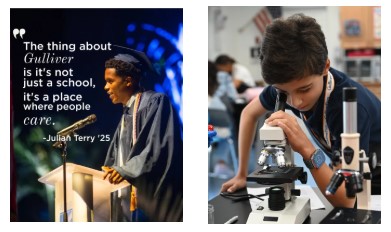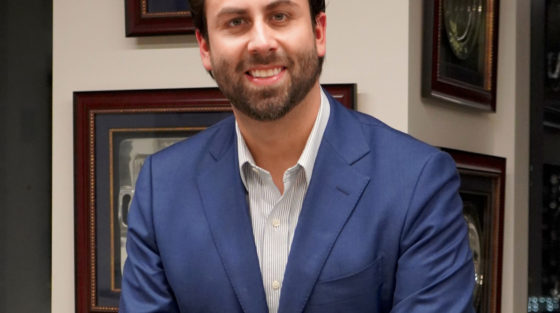What’s New in Primary & Lower School – February 7, 2020
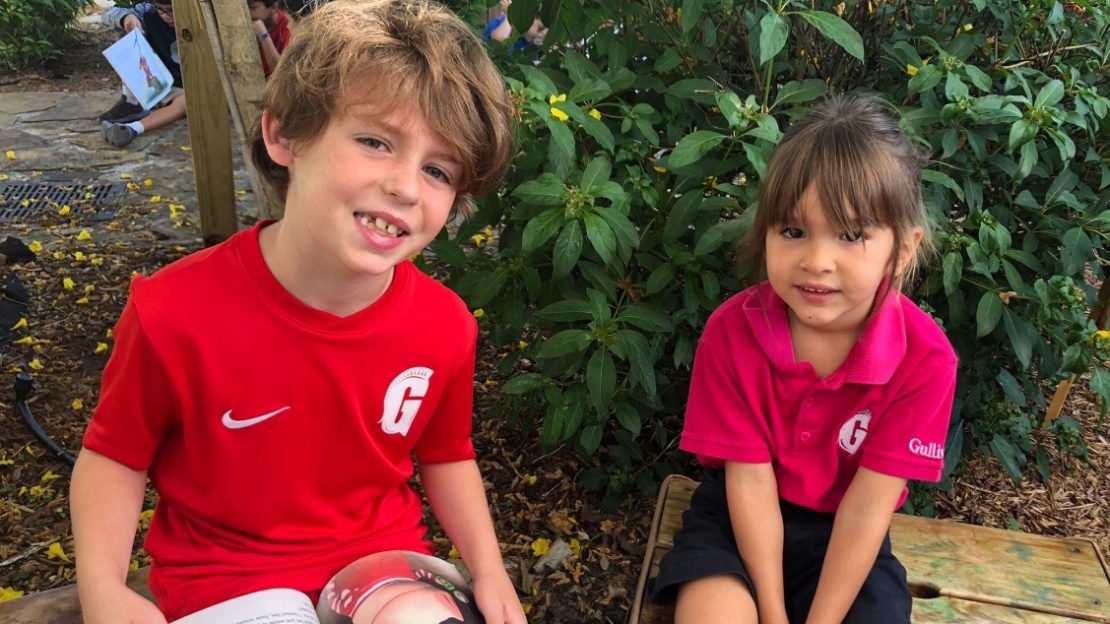
Catch up on what our youngest Raiders are up to in Primary and Lower School!
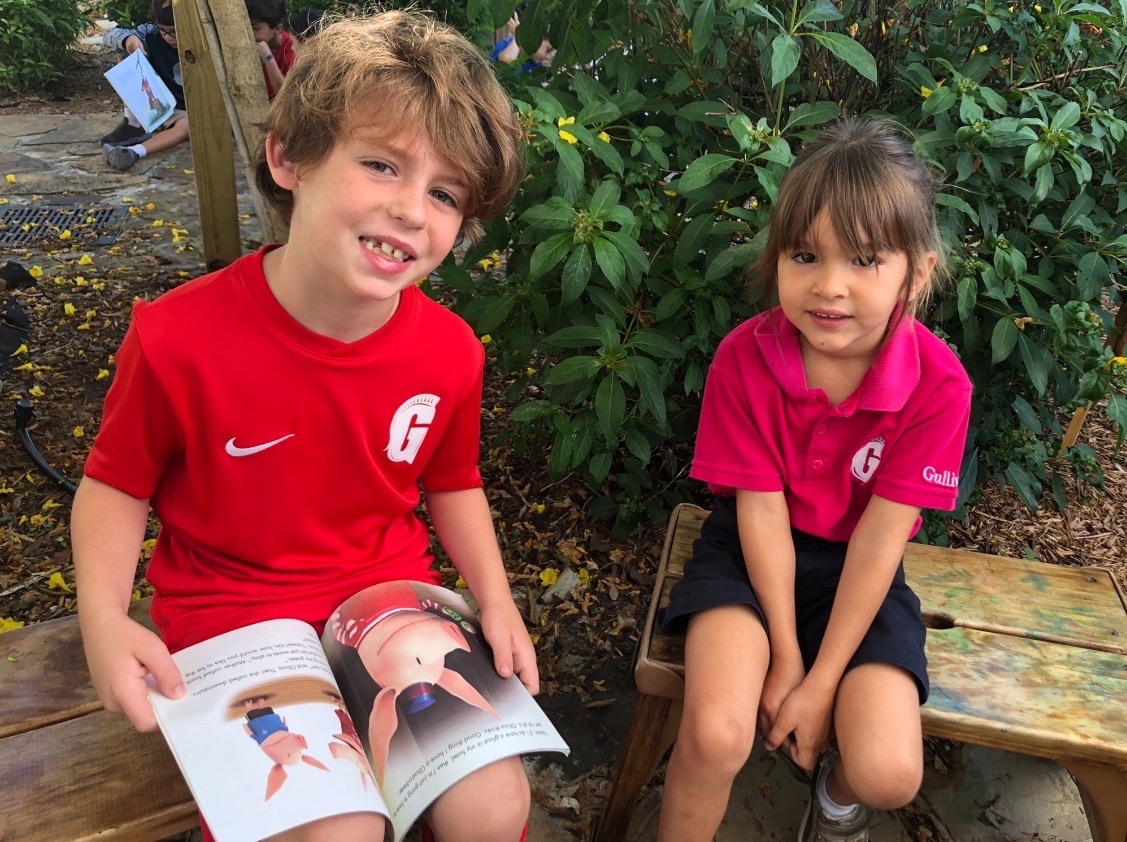
Reading Workshop & World Read Aloud Day
In Sr.K through third grade, the Primary and Lower School have adopted the Reading Workshop from Columbia University’s Teachers College Reading and Writing Project. The workshop’s mission is to help children become avid and skilled readers, and it emphasizes frequent reading from books students select themselves based on their interests. This research-based approach helps children learn the skills and habits that all readers need to navigate and comprehend texts and to find joy in the process of reading. Every child sees themselves as a reader and a part of the growing Gulliver community of thinkers and learners!
Primary School students participated in World Read Aloud Day on February 5: a global celebration that gave our youngest readers the opportunity to celebrate the joy and importance of sharing stories with others. Click here to watch a video of Mrs. Ramos and Ms. Montero’s class reflecting on why they like to read.
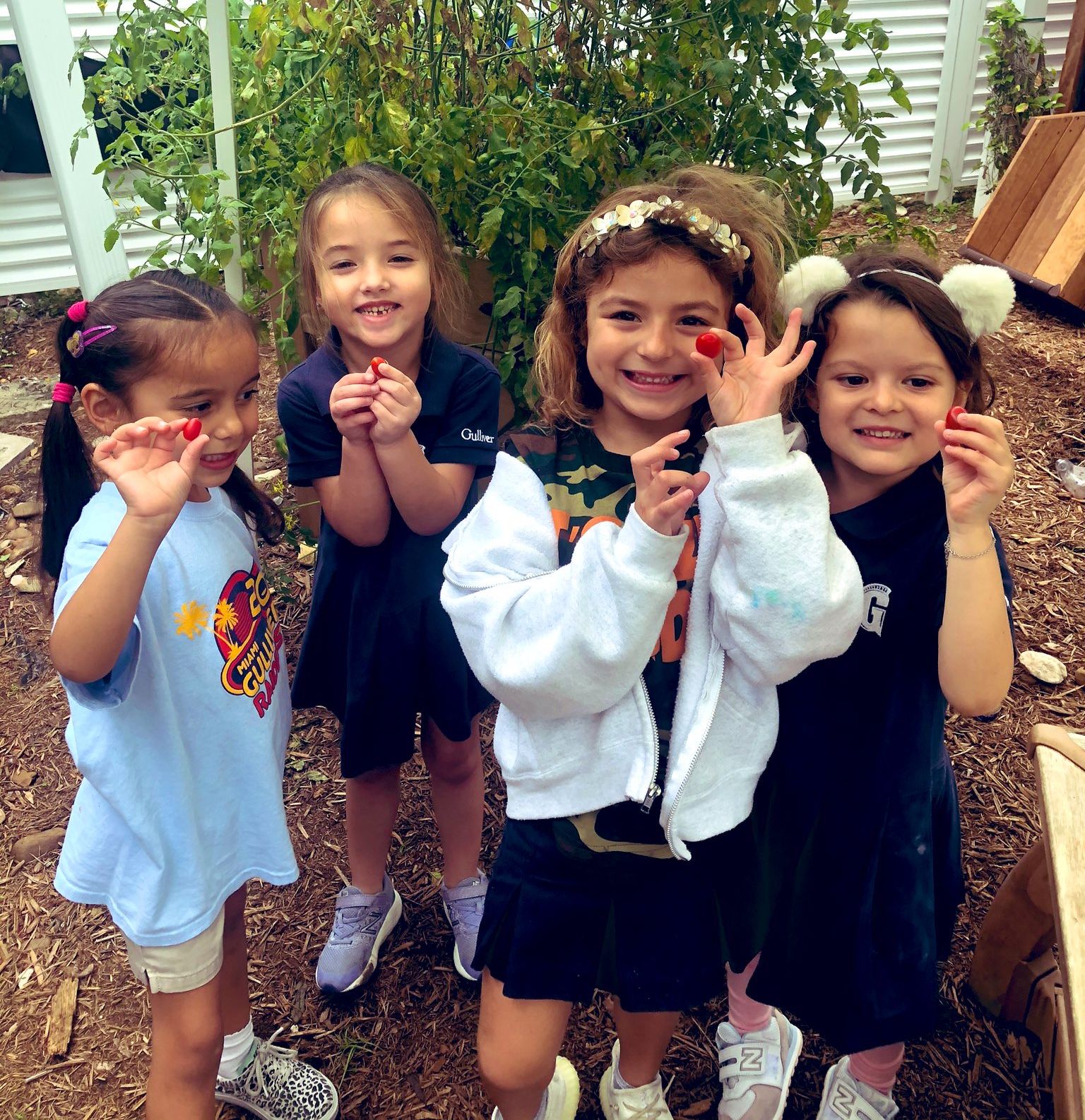
Nature Explore Classroom Discovery
Nature Explore Classrooms apply research-based, field-tested design principles to create nature-rich outdoor spaces where learning can’t help but thrive. In January, Jr.K students were in for a treat when they visited the Academy Campus’ Nature Explore Classroom. Mrs. Wicker has planted various herbs and vegetables in the outdoor learning space, and the students discovered a new harvest of cherry tomatoes. Sensing their excitement, Ms. Isgut asked if they wanted to pick one to try, and so they did. Throughout the Creative Curriculum, Jr.K students have studied trees, and are learning about various plants, their parts, and how they help us.
Creative Curriculum: Sustainable Clothing
& Culture Studies
Creative Curriculum is a comprehensive curriculum that features exploration and discovery as a way of learning. As part of the Creative Curriculum, Pre.K students are learning about different kinds of clothing garments, and why we wear different kinds of clothes such as weather-related clothing and work uniforms. Students are also exploring how clothes are made. Using watercolors, they learned to paint their own craft tie-dye name t-shirt before moving on to discover how to dye a real cotton t-shirt using plant-based foods. Students assisted in dying half the shirt blue using blueberries and will finish the shirt’s coloring using raspberries. While students learned about the process of clothing design, they were simultaneously introduced to the concept of sustainable clothing and the many uses of plants.
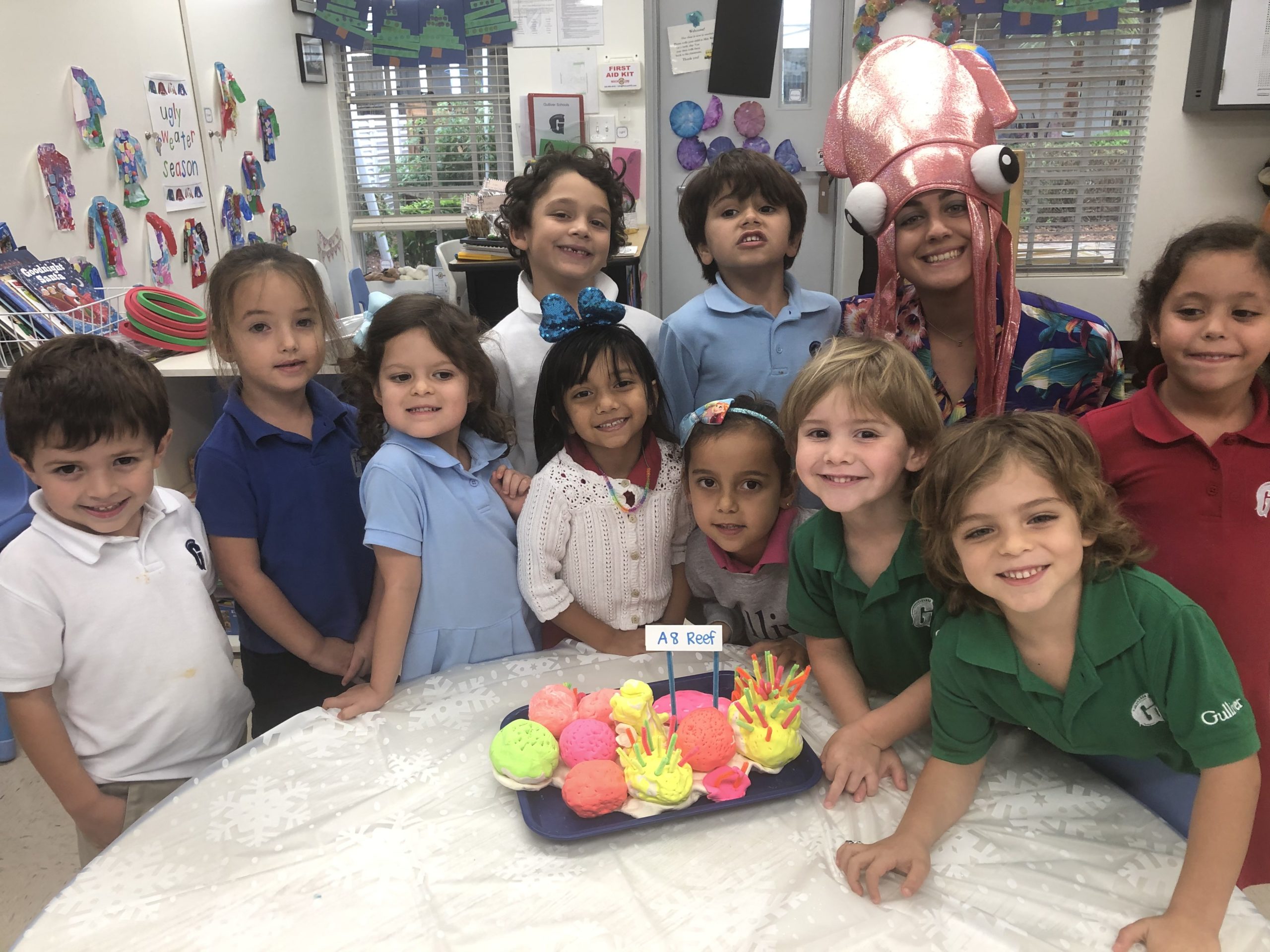
In Jr.K’s Creative Curriculum, students are taking an imaginary trip around the globe, learning about three very different cultures and parts of the world: Australia, Asia, and India. In Australia, students learned about the animals that inhabit the continent, the Australian boomerang, and the didgeridoo, a wind instrument. Elizabeth Perez ‘19 came in to teach Jr.K about Australia’s Great Barrier Reef and the Florida barrier reefs. “Ms. Lizzie” focused on marine life and field science while at Gulliver and is now studying at the University of Miami. She discussed the different kinds of corals and how they help protect us. Afterward, each student designed a coral to be added to a reef of their own!
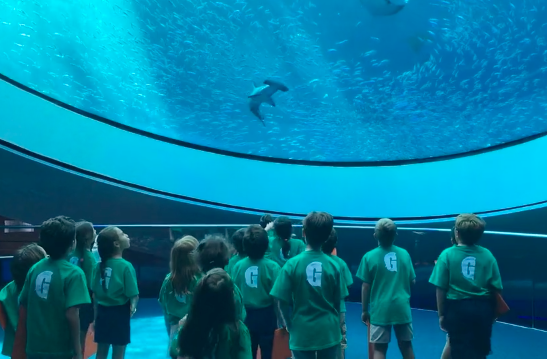
Grade 2 Gets a New Classroom for the Day
Mrs. Romero’s second-grade class visited the Phillip and Patricia Frost Museum of Science on January 31. Students engaged in various interactive and educational exhibitions, exploring the world of science, technology, engineering, art, and math (STEAM). The museum served as a dynamic classroom, bringing science classroom lessons to life as students learned about marine ecosystems, human biology, physics, design, plants, animals, and more. Click here to watch a video recap.

